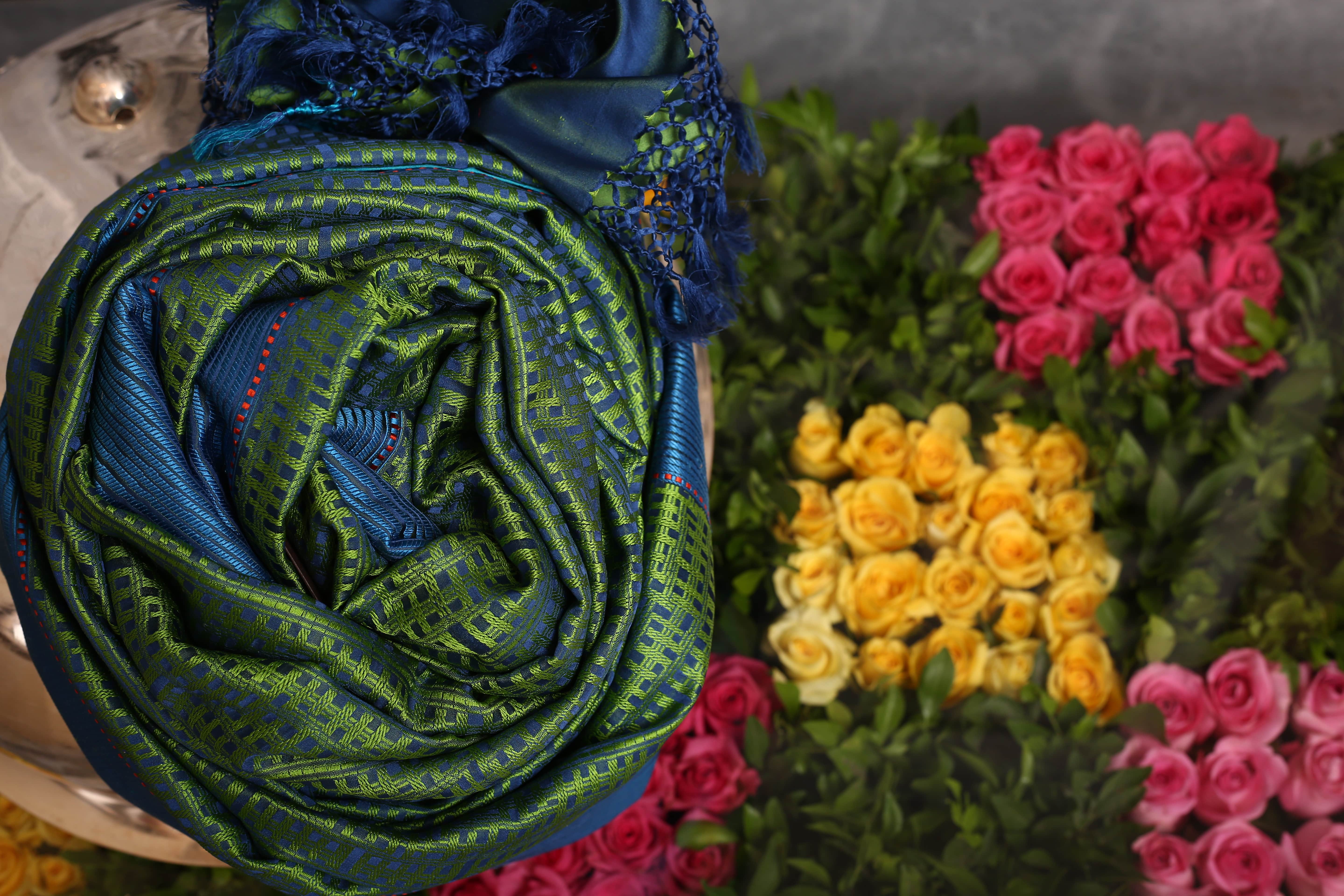History of Handlooms

Ancient India had no knowledge of Nakshabandi..
The weaver normally created as he desired, without any formal detailing in the design and the layout.
The native Indian weaver had no constraints and preferred making non-repetitive designs.

The Mughal invasion brought not only their designs but also their
master Nakshabands
It was the job of these Nakshabands to create a motive to perfection. These motives could be used repeatedly for perhaps a 100 years or more.

The British brought about a change to both the design and the colours of the fabrics.
The Colonial rule faded the bright Indian colours to pastel shades. Often the designs lost their intricacies and beauty in favour of large wall paper like designs including the inception of helicopters, airplanes, garden, house boats, palm trees to name just a few.

Public Enemy #1:
The Power Loom
However the biggest threat to the craft of weaving and the handloom weavers was the power loom - which came with the dawn of the industrial revolution. While a handloom saree takes upto 3 months to weave, a power loom saree will take no longer than a day!

Enter, Tantuvi.
It is to correct these imbalances in price, design, color, texture and quality that ‘Tantuvi’ was conceived. Tantuvi means weaver in Sanskrit, it is a social enterprise that is trying to revive this lost art of weaving while providing the weavers with the incentive to continue their craft.